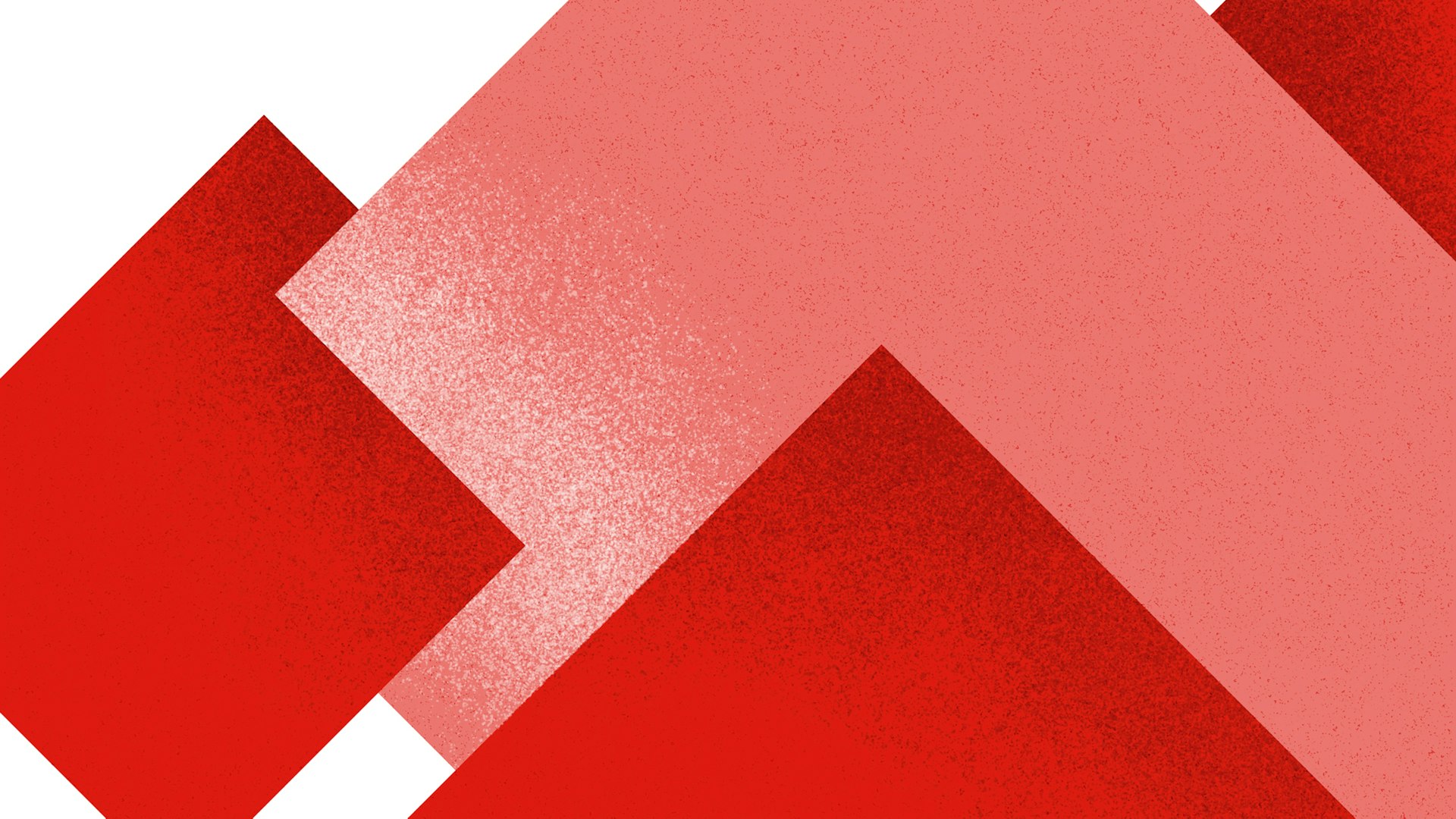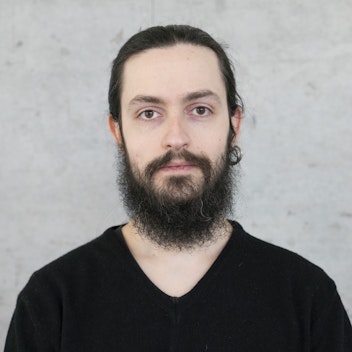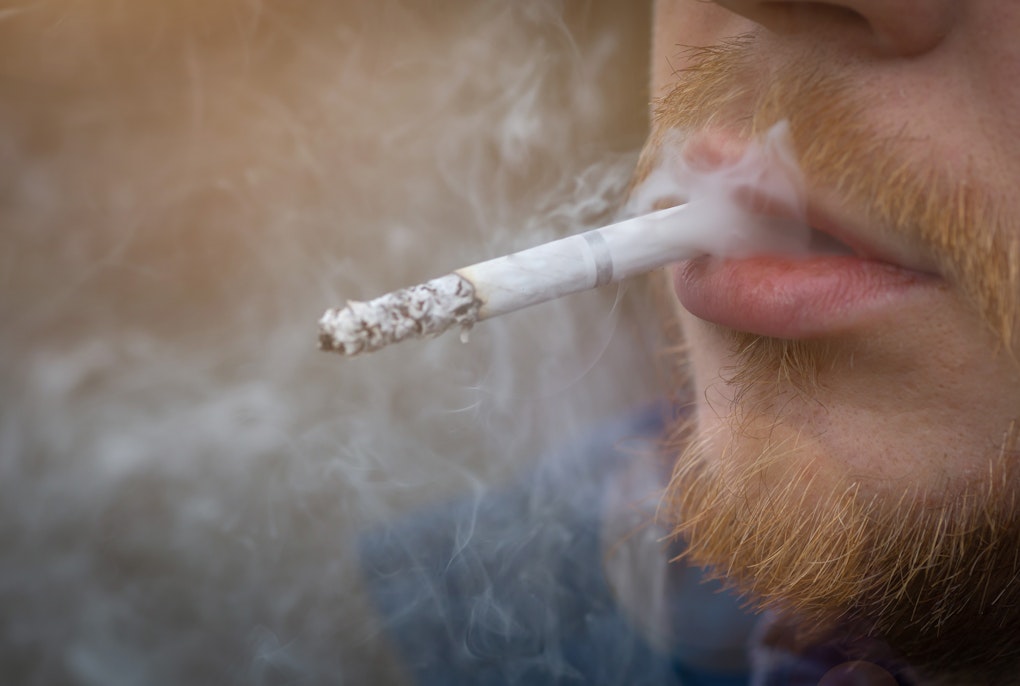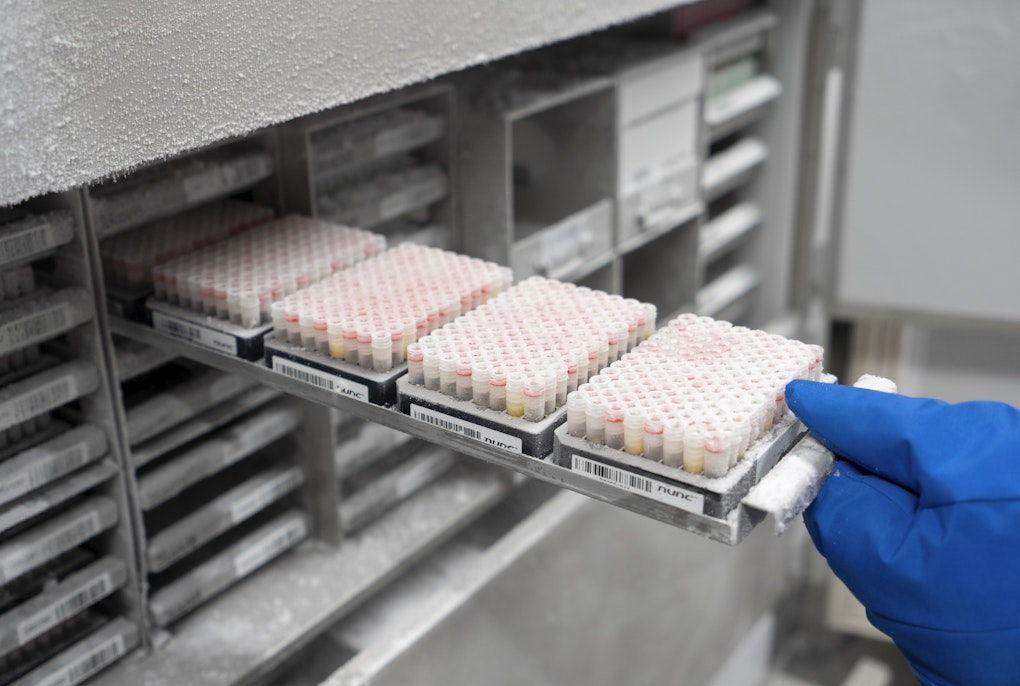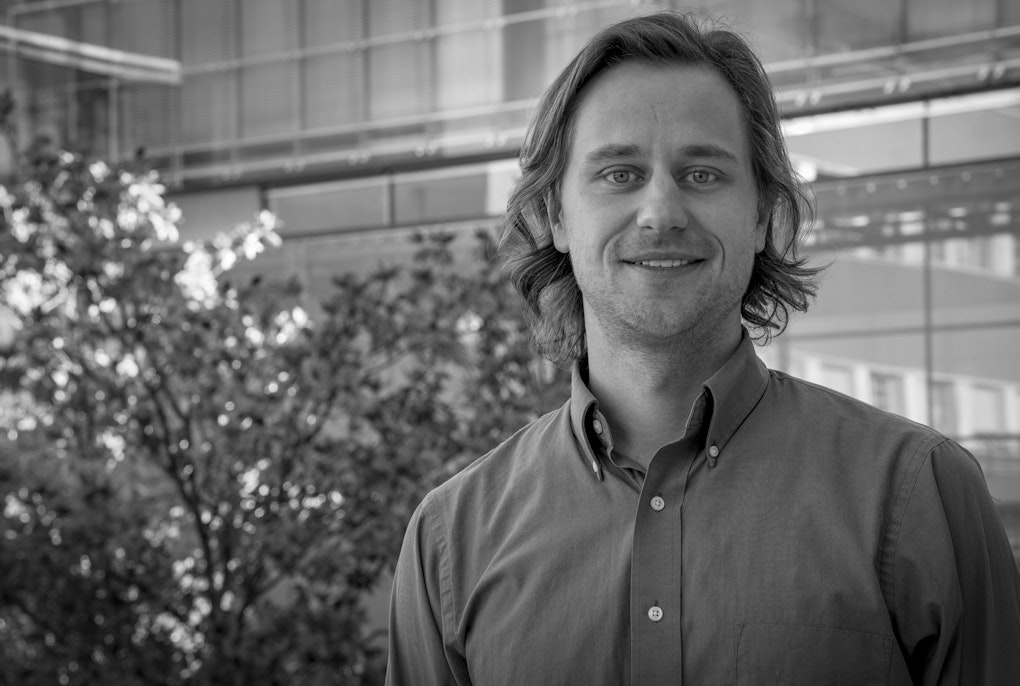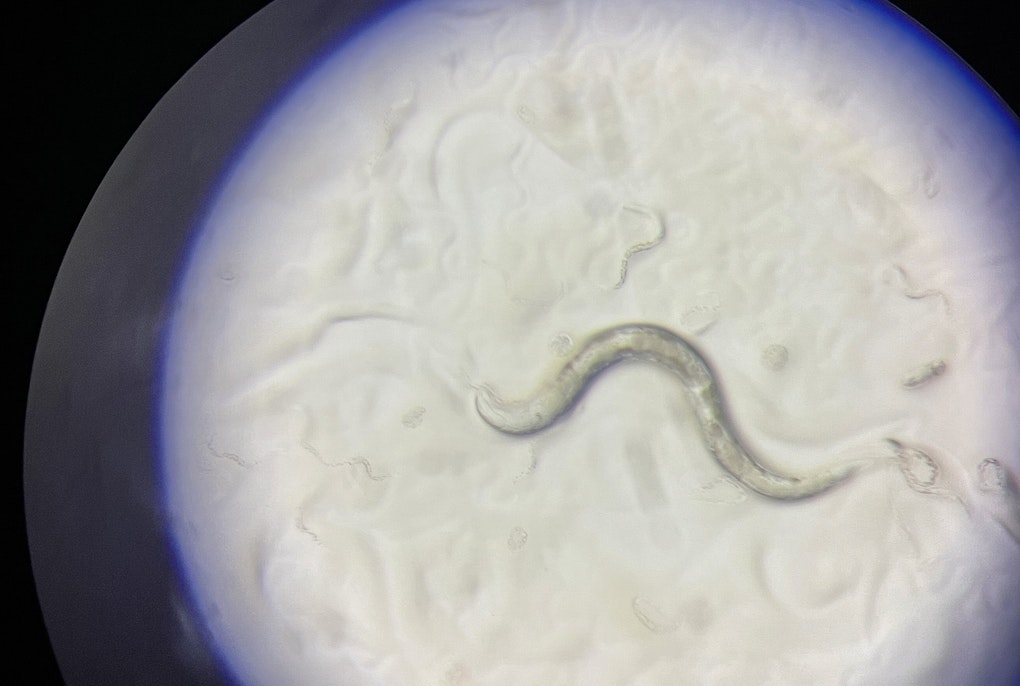magazine_ Interview
"The biggest challenge is the overabundance of information"
Conversations between disciplines: interview with neurologist Peter Pramstaller and electronic engineer Roberto Monsorno.
We are at the peak of the curve: technology allows us to collect unimaginable amounts of data, but perhaps it is time to change course a little. Insight and focus are the new watchwords of Peter Pramstaller and Roberto Monsorno. The first one has seen a small team of geneticists grow into a team with dozens of different profiles ranging from molecular biology to statistics via bioethics, the latter leads a pioneering team of engineers and developers skilled in programming sensors and fulfilling the most unexpected wishes of research groups and companies.
What was your first encounter with technology?
Roberto Monsorno: A commodore 64 that was a hand-me-down from an older cousin. It was in the mid-1980s, I was in middle school and with a friend started programming simple games and then, mainly through my passion for music, I approached electronic engineering professionally.
Peter Pramstaller: Let’s say that my approach to problems has always been more creative than analytical; in high school I loved writing poetry and I came into contact with technology relatively late. It was during my specialization in neurology while in Verona that I started working on neurophysiology and really understood the potential of computers in medicine. Now of course it’s a whole other world.
A whole other world... It is true that in the last 20 years we have exponentially increased our consumption of technological products, but has knowledge also increased to the same extent?
Monsorno: Awareness has changed. Twenty years ago, we didn’t even dream of certain devices. Today, not only are they within everyone’s reach, but over the last few years, starting with schools, I’ve seen a merging that allows these tools to be used in a well-thought-out manner. Of course, there are those that abuse them - I am thinking of those who only live on social media - but I believe that the benefits prevail. I see it in my young children who make wonderful power point presentations to for their mum on special occasions.
How important is it to include non-digital natives when developing new technologies?
Monsorno: It is crucial. Even if there is a complex technology behind it, the experience for the user must be simple. We recently worked with the owner of Elektro a.haller, an electrical contractor who needed a system to track their work tools, from drills to voltage meters. Some companies offer app services where you have to scan the tool every time you move, but our partner was clear: if there are too many steps or if the system jams my workers won’t use it. After several steps, we ended up filing a joint patent for a system that warns via Bluetooth, if the tools are not returned to the van or the warehouse with no intervention needed on the part of the workers.
Health-related apps are also generally simple precisely because it is mainly non-digital natives who use them. Peter Pramstaller, what has been the main technological breakthrough in medicine in this regard?
Pramstaller: There have been several moments. A major paradigm shift is what American physician-scientist Eric Topol called the ‘democratization of medicine’, which refers to the phenomenon whereby focus has shifted from curing illness to maintaining health, entrusting people with various tools to take care of themselves, from prevention to monitoring. From the first hearing aids that appeared 30-40 years ago to the most modern apps that check various parameters or set personalized nutritional plans, personalized medical and health devices are now widespread. Another fundamental paradigm shift in medicine is defined as ‘from art to science’ and is the integration of biology, medicine and new technologies - with genomics at the centre - transforming classical, more clinical-intuitive, medicine into precision and personalized medicine.
How does ‘art’ fit into medicine?
Pramstaller: It absolutely must remain in the human doctor-patient relationship. Bertold Brecht used to say: ‘in time, you will be able to discover everything there is to discover, yet progress will only be a departure from humanity’. I am convinced of this: IT and artificial intelligence significantly improve diagnosis, but medicine is a profession that must be based on compassion and empathy between people.
Does the fact that people are driven to take more care of their own health change their relationship with doctors?
Pramstaller: Yes - and positively - to the extent that there are more questions, more exchanges, more sharing. Then there are also patients who become defensive because they uncritically absorb what they read online. Medically themed social networks such as “PatientsLikeMe“ are useful, but must also be approached with caution.
Besides the dehumanization of relationships and the mistrust that goes with that, what other risks does a highly technologized society entail? Privacy is one that springs to mind.
Monsorno: I would say that smaller realities such as research centres like ours and others of course, are very shrewd and have all the tools to protect data effectively - by encrypting it properly. The risks lie with the big players who make their own rules... Personally, I see different challenges for us.
"With too much input we risk getting muddy in the data analysis, overcomplicating things and not going to solve the actual problems."
Roberto Monsorno
Which ones?
Monsorno: The problem, which is also the biggest challenge I see, is the overabundance of technology and information. Among so many inputs, we risk getting muddled up in data analysis, overcomplicating things and not solving the actual problems.
Pramstaller: We also observe a similar phenomenon in biomedicine. With our CHRIS health study, which has involved 13,000 people so far, we are active in numerous international consortia. In the beginning, we focused mainly on collecting as much data as possible, to statistically identify as many genetic variables as possible. In recent years we have started to combine big data with biology. For the most interesting genetic variants we go in depth and study what happens at the cellular level; because if we find a way to intervene with a specific cure, we can really change people’s lives.
"With the move to the NOI Techpark we will become catalysts and accelerators of a new entrepreneurial sector in the province: biotech."
Peter Pramstaller
Is there a trend towards research centres becoming more and more open to the outside world?
Pramstaller: Definitely. And this openness will increase in the future. We started out as a basic research institute, then thanks to collaborations with the local healthcare system we became a major player in the region’s health. With the move to the NOI Techpark, we plan to take a further step towards innovation and become a catalyst and accelerator of a new business sector in the province: biotech. We already have contacts with companies and, by changing our mentality as researchers, I believe we can welcome the possibility of new start-ups.
Has the pandemic helped to highlight the value of your studies?
Pramstaller: Thanks to our CHRIS study, we are among the few who have been able to study long covid effects or correlations between risk factors and disease severity levels. In fact, we can compare pre-infection data with the clinical pictures that emerged later. This has led us to open up a new strand of studies linked to immunology and inflammation. The first results, achieved together with an international research consortium, identifying 13 loci - i.e. points in the human genome - strongly associated with severe forms of Covid-19, were published in the journal Nature.
Roberto Monsorno, your centre offers support in data lifecycle management. Is the relationship with those who contact you one-way as in they make requests and you find the solution or, do you influence the design of projects, so they are more reciprocal?
Monsorno: We started out by providing a service on request; now we increasingly collaborate with those who do research and find ourselves suggesting possible developments that had not been considered. For example, we are working with the Laimburg Research Centre to understand how plant diseases can be better monitored through the use of non-invasive sensors. Since this is an entirely new modality for them, there are many avenues to be explored. And then we are always ready to provide support to entrepreneurs who have new ideas...
What are your hopes for the next ten years?
Monsorno: Since I arrived 13 years ago, I have seen Eurac Research grow exponentially and establish itself internationally as a research centre. In the next ten years, I hope it can also become internationally recognized as a technology center. That is my wish for Eurac Research and for myself. At the moment we are consolidating on the ground, starting from the microcosm of the NOI Techpark, but the goal is to become a European Digital Innovation Hub.
Pramstaller: I am fascinated by the fact of bringing different profiles together. Because beyond the infrastructure - which is necessary - what counts is the variety of skills and experiences. I now have a team that comes from 18 different nationalities with expertise in genetics, computer science, bioethics, statistics and biology, and every new position that opens up attracts high-caliber applicants from all over the world. If we can create a holistic congruence between these disciplines, in collaboration with the health service and companies, we can put it at the service of public health, then my dream will be achieved.
Peter Pramstaller
Peter Pramstaller is a neurologist and associate professor at the University of Lübeck and head of the Institute of Biomedicine at Eurac Research. For 30 years he worked at the Bolzano Hospital, where he dealt with Parkinson’s patients in particular. With the GenNova/Micros study, which began in 2002 in a number of municipalities in the Vinschgau valley, he contributed to the launch of biomedical and genetic research in South Tyrol. When he takes off his coat and jacket, he dons the shoes of a rocker, playing bass in Need no Doctor and High Voltage.
Roberto Monsorno
Roberto Monsorno holds a degree in electronic engineering from the University of Padua. As a young boy he dreamed of competing with Marshall and developing high-powered amplifiers. Then he decided to devote himself to science: at Eurac Research he was initially responsible for the satellite receiving station on the Rittner Horn. In 2019 he founded the Center for Sensing Solutions, which he currently directs. However, music still has a hold on him and he’s been organizing the Suan Rock festival for 20 years and also plays keyboard in the band Atrio.
